The sky isn’t just a route, it’s a runway for stories. Every airline that soars above the clouds carries more than passengers; it carries a brand narrative written in silver wings and midnight blue skies. From Emirates’ promise of luxury at 30,000 feet to Singapore Airlines’ timeless grace, aviation giants have mastered the art of turning air travel into an aspiration. From the moment a traveller steps into an airport, the experience begins, the colours, the uniforms, the logo gliding across the fuselage, every element tells a story designed to inspire trust and ignite wanderlust.
In the world of aviation, competition is as high as the cruising altitude; only those who tell the best stories truly soar. Each brand crafts its own “sky story”, one that inspires loyalty, and emotion. This article unpacks how aviation giants use design, service, and storytelling to make passengers feel something far greater than just airborne.
The High-Flying World of Aviation Branding
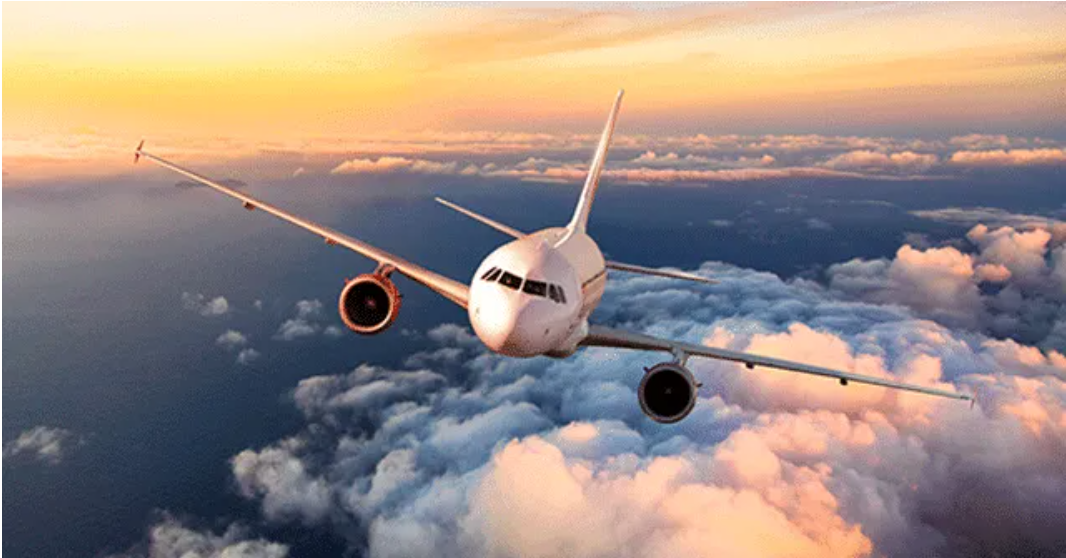
The aviation branding world is a competitive space where airlines strive to differentiate themselves. Effective branding is key, as it can be a matter of survival in this industry. Branding in aviation goes beyond visual identities; it’s about creating memorable experiences for travellers.
The Unique Challenges of Aviation Marketing in Southeast Asia
Southeast Asia’s cultural diversity and fast-growing aviation market pose unique branding challenges. Airlines are culturally sensitive while implementing aviation brand management strategies that appeal to a broad audience. By merging these cultural nuances, airlines craft branding that truly connects with passengers.
Branding Secrets Behind Leading Aviation
Leading aviation giants have perfected the art of branding. They blend history, luxury, and safety to leave a lasting mark. Their strategies reflect decades of evolution, adapting to consumer needs and technological progress.
The Evolution of Aviation Branding Through History
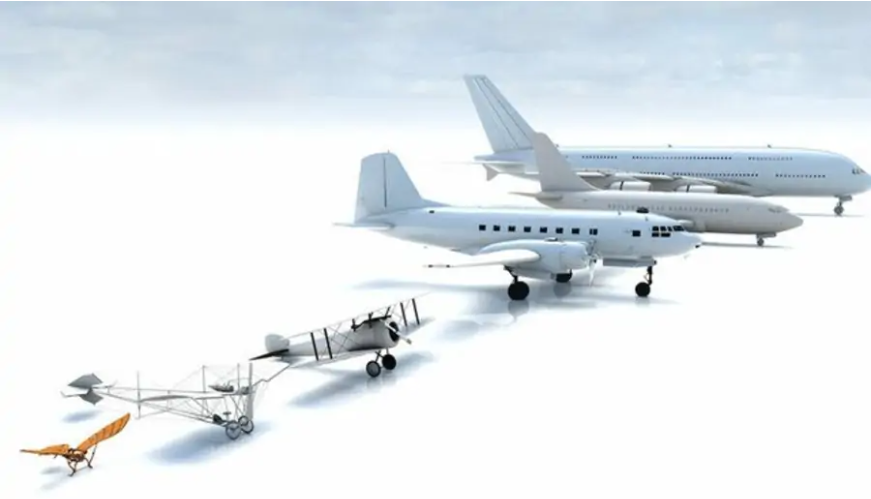
Aviation branding’s history stretches back to the early days of commercial flight. Initially, it focused on safety and reliability. As the industry expanded, airlines differentiated themselves with unique logos, liveries, and service standards.
The 1950s and 1960s were the golden age of aviation. Airlines like Pan Am and BOAC epitomised luxury and glamour. The deregulation of the airline industry in the late 20th century increased competition. This prompted airlines to further refine their branding strategies.
Today, branding includes digital presence and in-flight experiences. It’s a broad spectrum that airlines must navigate.
Trust, Luxury, and Safety: The Branding Trinity
Trust is built through consistent service and reliability. Luxury offers premium experiences that exceed expectations. Safety is the bedrock upon which all else is built. Airlines that master these elements tend to attract loyal customers. Understanding these historical and key elements helps aviation giants innovate and stay competitive.
Creating Iconic Visual Identities in the Aviation Industry
In the aviation sector, crafting an iconic visual identity is essential for airlines and manufacturers. A robust visual identity encapsulates a brand’s essence and sets it apart in a competitive market.
Livery Design: The Flying Billboard Strategy
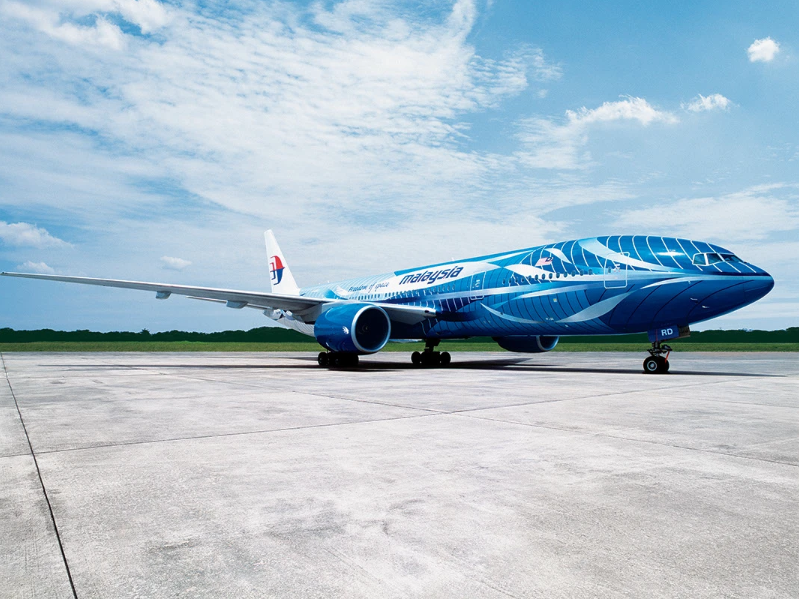
Livery design is a key element of an airline’s visual identity, acting as a mobile billboard seen by thousands daily. It combines striking colours, unique patterns, and the aircraft’s design to leave a lasting impression. Airlines use their livery as a marketing tool, making it a cornerstone of their brand management strategies.
Logo Evolution of Major Airlines and Manufacturers
The logos of major airlines and manufacturers have undergone significant changes over the years. These changes reflect shifts in brand identity and market positioning. This evolution offers valuable insights into adapting visual identities to meet changing market demands.
Malaysia Airlines’ Visual Transformation
Malaysia Airlines has undergone notable visual transformations, including updates to its livery and logo. The airline’s efforts to revamp its brand image underscore the significance of visual identity in rebranding and recovery strategies. It showcases effective aviation brand management strategies.
Storytelling at 30,000 Feet: Narrative-Driven Brand Positioning
The aviation sector’s evolution has highlighted the importance of narrative-driven brand positioning. Airlines now use storytelling to forge an emotional bond with their customers. This strategy helps them stand out in a crowded market.
How Emirates Sells a Lifestyle, Not Just a Flight
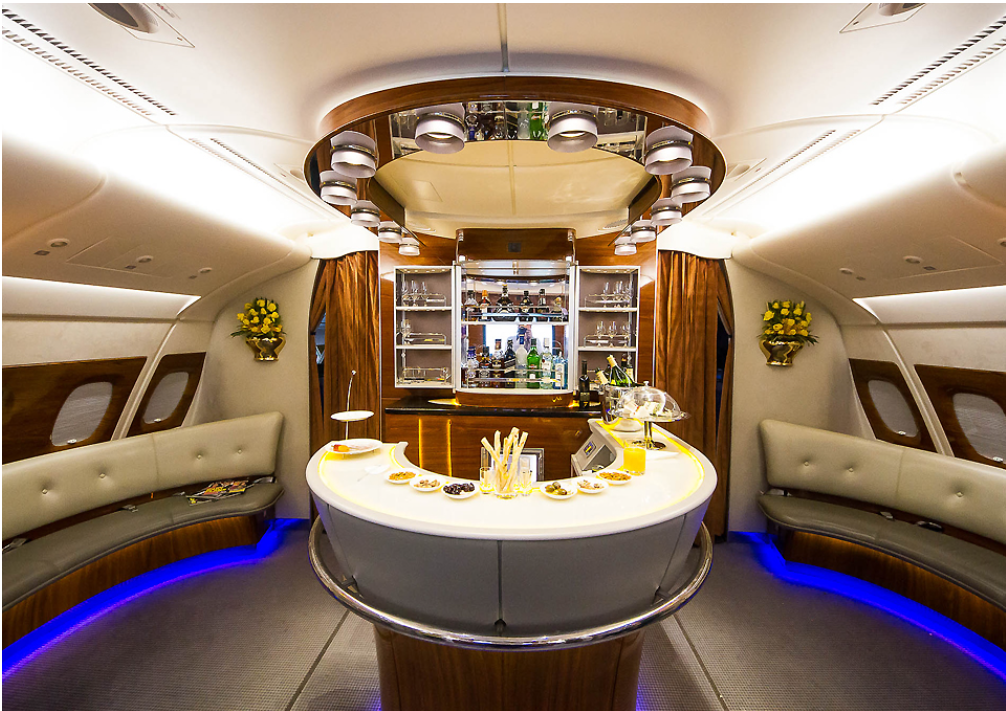
Emirates focuses on the luxurious experience and the destinations it connects. This approach enables Emirates to sell a lifestyle, not just a flight. It has built a strong brand identity that resonates with its audience.
Singapore Airlines: The Singapore Girl Legacy
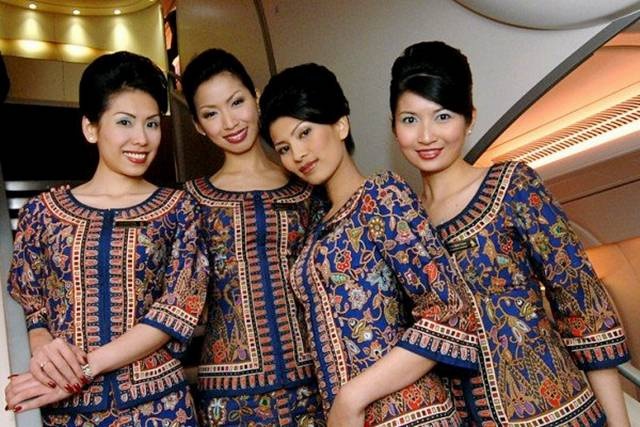
Singapore Airlines is synonymous with the “Singapore Girl” branding strategy. This narrative conveys the airline’s dedication to service excellence and hospitality. It has left a lasting impression on customers.
AirAsia: Democratising Air Travel Through Brand Messaging
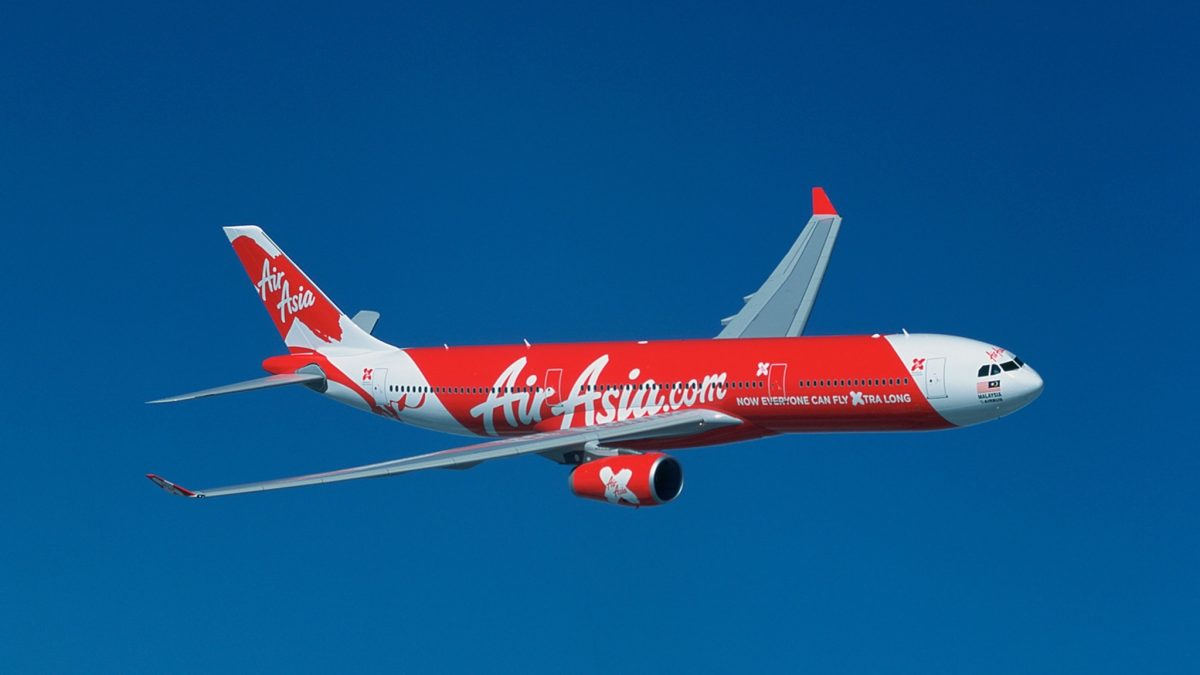
AirAsia has positioned itself as a budget-friendly airline, making air travel accessible to more people. Its brand messaging has successfully democratised air travel. It appeals to those who are cost-conscious.
Boeing vs. Airbus: Manufacturer Brand Narratives
The rivalry between Boeing and Airbus extends beyond technology and manufacturing. It’s also about the narratives they create around their brands. Both manufacturers use storytelling to showcase their innovations, safety records, and value to customers. This enriches the aviation industry’s brand landscape.
Digital Transformation in Aviation Branding
Digital transformation is changing how airlines brand themselves, opening up new ways to connect with customers. This change is seen in several important areas.
Leading airlines are using social media to boost their branding. They post engaging content on platforms like Instagram and Facebook. This strategy increases their visibility and builds a community around their brand. It effectively uses airline marketing tactics to reach more people.
Mobile Apps and Digital Experience Design

The design of mobile apps and digital experiences is key in aviation brand management strategies. Airlines create apps that make booking easy, provide real-time updates, and offer personalised services. This improves customer satisfaction and loyalty, strengthening their brand identity.
Loyalty Programmes as Brand Extensions in the Malaysian Market
In Malaysia, loyalty programmes serve as effective brand extensions, showcasing best practises in aircraft branding. Airlines create programmes that reward frequent flyers with special perks. This increases customer retention and attracts new ones. Such a strategy works well in Malaysia’s competitive market, where keeping customers loyal is key.
Conclusion: The Power of Sky Stories Through Branding
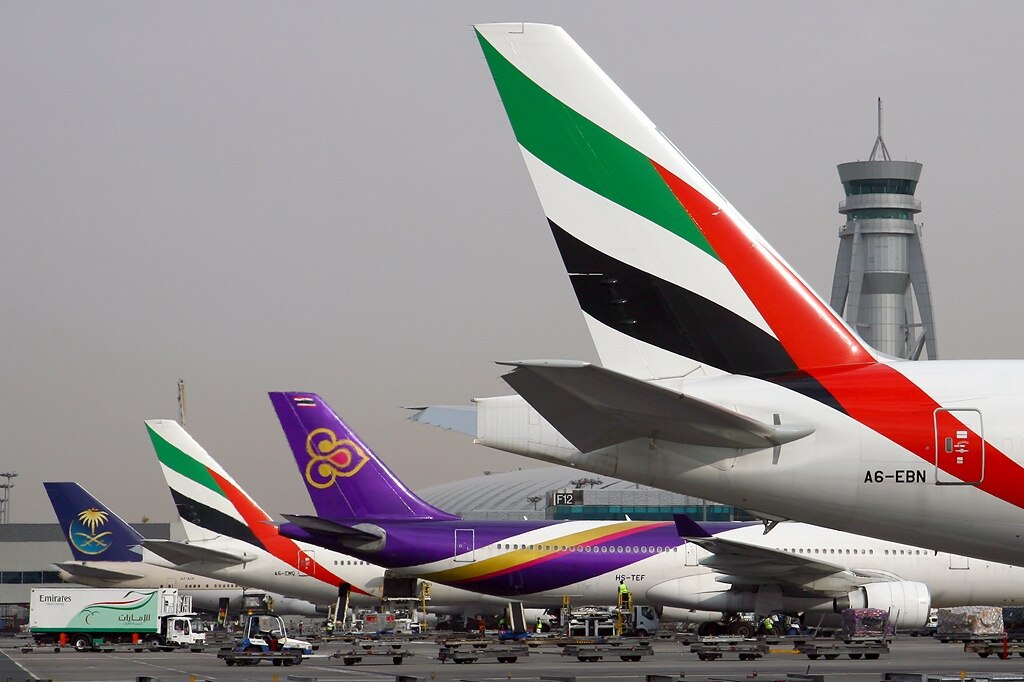
The aviation industry is a complex and competitive landscape, where branding is key to standing out. Leading airlines have mastered the art of adapting and innovating their branding strategies. This keeps them ahead in the ever-changing market.
Through stories told in colours, service, and sky-high experiences, aviation giants have learnt that branding is less about aeroplanes and more about emotions. Because in the end, it’s not just about reaching destinations, it’s about creating journeys worth remembering.
Great aviation brands don’t just fly, they create experiences. Every detail, from the cabin ambience to the logo on the tail, tells a story of precision, trust, and prestige. The Top Quality Brand Awards honour these rare brands that glide effortlessly between elegance and innovation. If your brand carries that same power to inspire and connect, this is your runway to recognition. Let your brand’s story take flight. Step forward and submit your nomination today.





